Making Friends and Enemies With Stray Dogs
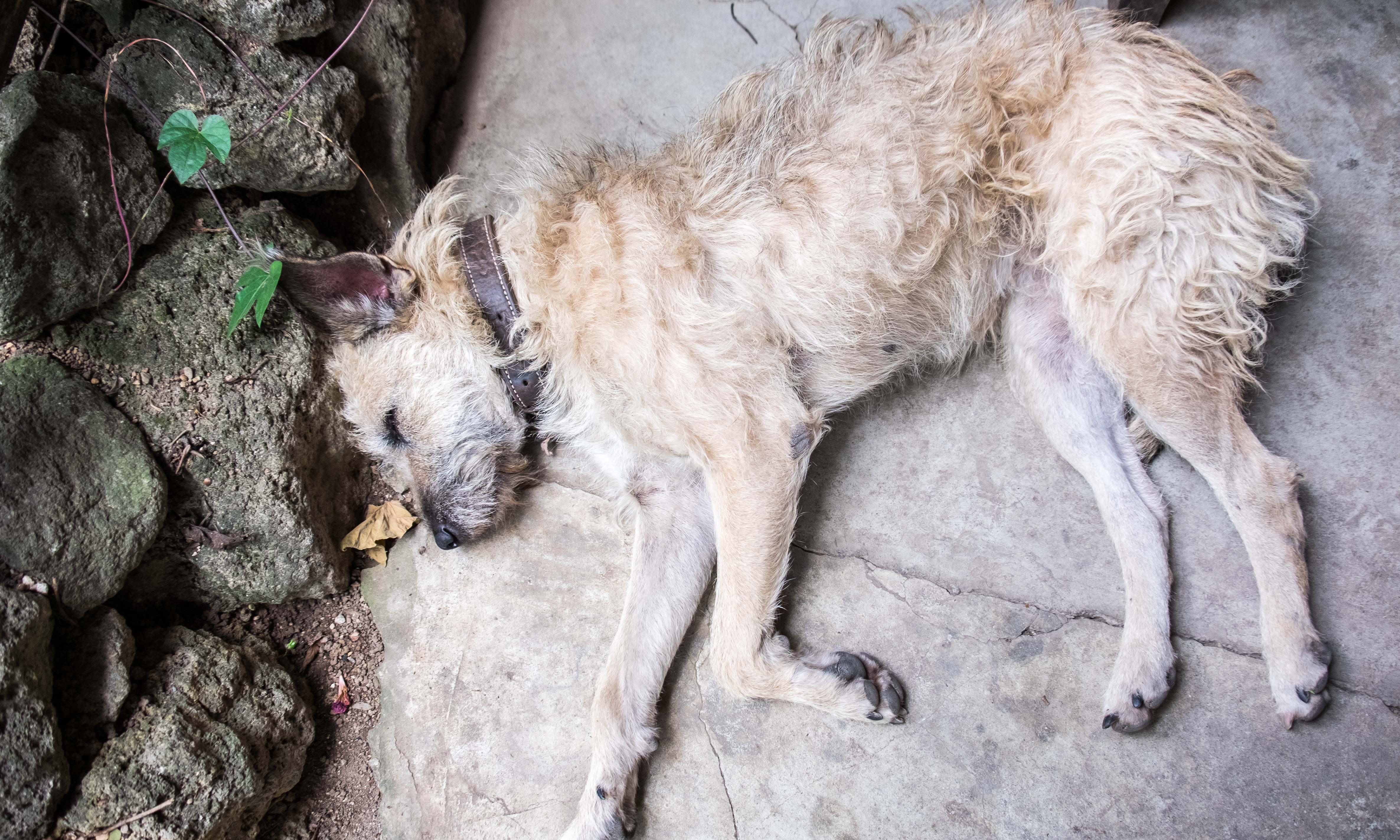
“I would like to own a dog, but I’d need a house with a big yard,” I say.
My seatmate, California-bound on her first trip out of Guatemala, looks at me with blank confusion. I run the last sentence back in my head, searching for mistakes in my Spanish, before I realize where the disconnect is.
“Oooooh - in the United States, dogs can’t go out into the streets without leashes,” I explain. “They have to stay on private property.”
“Really?!” My seatmate is shocked. “What happens if they run loose?”
I haltingly explain about animal control and shelters.
The inevitable question comes up: “And if they can’t find someone to adopt them? Do they kill them?”
“They try not to,” I hedge, “but yes.”
This sobering topic makes me think back to all the street dogs I’ve met during my time in Guatemala.
Gaspode the Wonder Dog
Our first canine companion appears in a coffee shop in San Pedro la Laguna, Guatemala.
We’ve already made acquaintances with a couple of San Pedro’s street dogs, such as Salsa, the droopy basset hound who waddles around whining for pets. And there’s “Sitting Guy”, who always rests in the same spot on the side of the road.
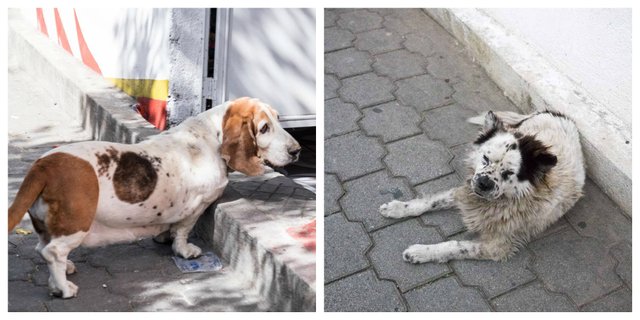
But this fellow is different. When I absentmindedly pat his stinky little head, he sighs and plops down at my feet. From that point on, he is our devoted companion. We lose him when we go somewhere he can’t follow, but he has a magical ability to always find us the next day.
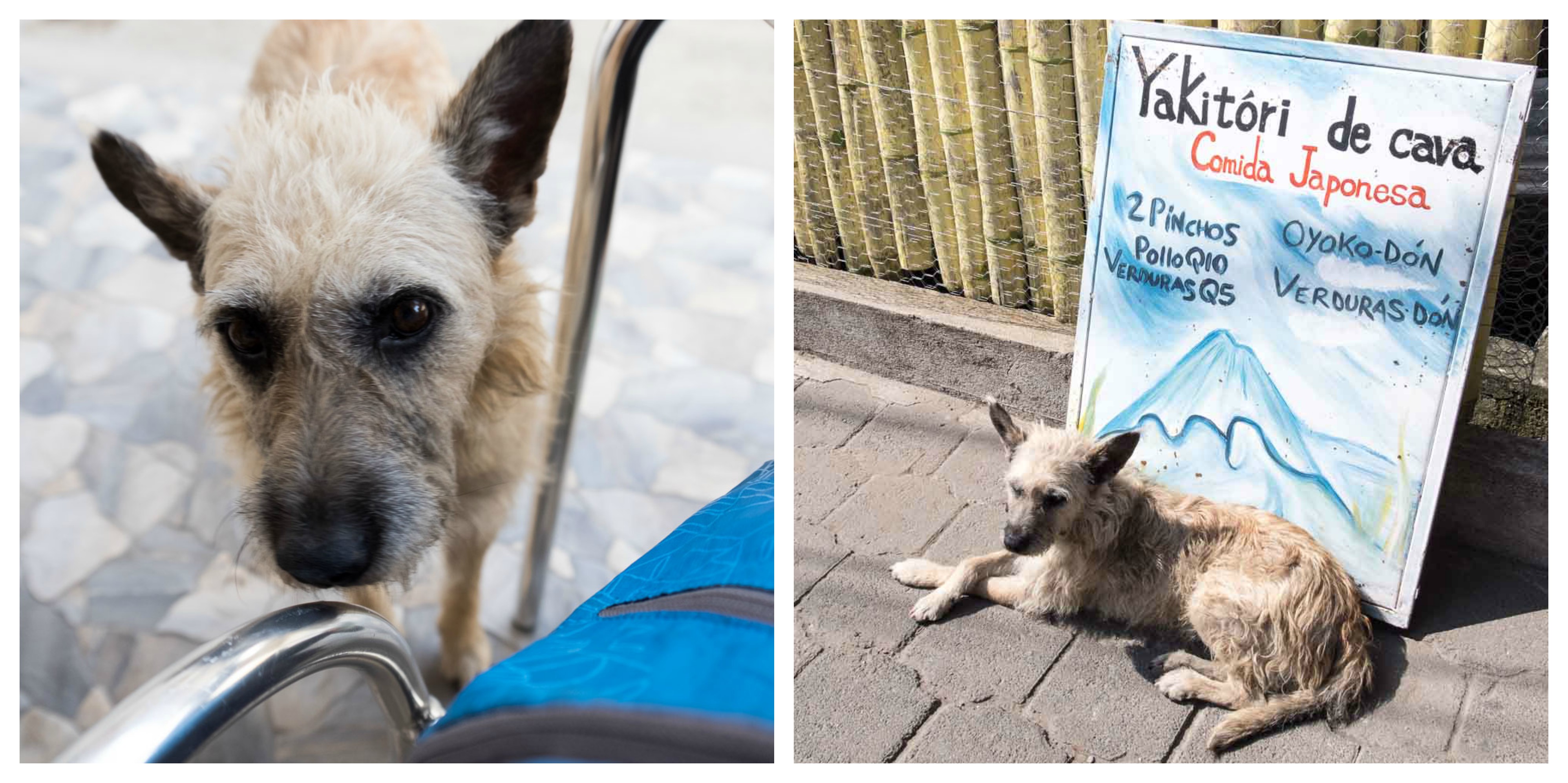
On our third day together, the dog is resting in his usual place at our feet when a dreadlocked vagabond carrying a banjo approaches and starts in on his spiel.
“Hey guys, how’s it going? I’m from Germany and I’m learning the banjo. Do you mind if I play you a song to practice?”
It soon becomes evident that this guy cannot play the banjo at all. He plucks haltingly at the strings while ad-libbing a tuneless little song.
He then, of course, asks for money to support his music.
“No money, man, but you can have this dog that’s been following us around,” Nash offers.
“Oh, that’s Skip,” he says. “I don’t know what he’s doing here. He’s usually at the coffee house. Did you give him food or something?”
I shrug. “Only a pat on the head."
The itinerant banjo player wanders off. The dog stays.
I try using Skip’s name, but he doesn’t react. We decide to instead call him Gaspode, after the scruffy brown talking dog in Terry Pratchett books.
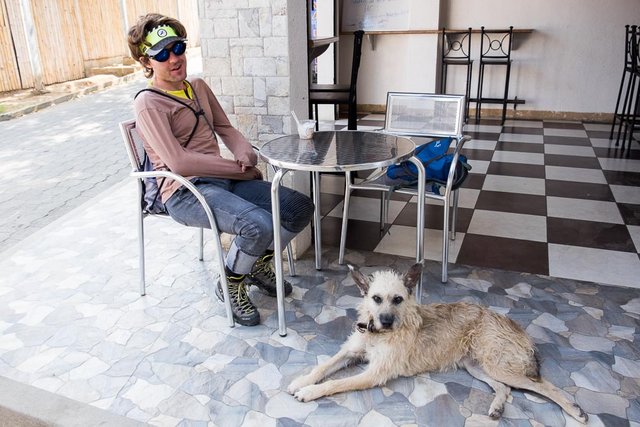
He wears a leather collar, but in general the dogs seem to be owned by the community more than any one person. My Spanish teacher said that collars don’t mean much and that a cute puppy can even be stolen from household to household.
On our final night in town, Gaspode finds us at dinner with our host family. Afterward, he follows us all the way home through the dark alleys, jumping up on Nash occasionally and making everyone laugh. Closing the door in his face almost breaks my heart.
The Man-Hater and the Basher™
If only I could say the same for the dogs we meet in Jaibalito a couple weeks later.
It only takes an hour after arriving in Jaibalito for shit to go down. The smallest of Atitlan’s villages, Jaibalito is overrun with dogs and equally wild children. After walking the entirety of the village’s single cobblestone street, we set off down one of the dirt paths.
We only make it a few steps before a dog rounds the corner, takes one look at Nash, and charges directly at him.
Nash stumbles backward in his flip flops, narrowly escaping the snapping, snarling jaws of the dog.
A young expat woman comes outside to observe the scene.
“You’ve got to be more forceful,” she instructs, then leans over to shout at the dog. “DOWN! NO!”
The dog barks even more viciously, never taking her eyes off Nash.
“She hates men,” the woman explains. “Probably because the boys throw rocks at her.”
Nash is visibly shaken after we make it back to the house. He doesn’t have a rabies vaccine, so a bite would have meant using our travel insurance to get to a medical facility.
His response is to refuse to leave the house for almost 48 hours, living off oatmeal, rice, and beans that I bring from the village’s only shop. All night long, we hear packs of dogs fighting in the street, yipping and growling and screaming. The horrible noise doesn’t help Nash overcome his fear.
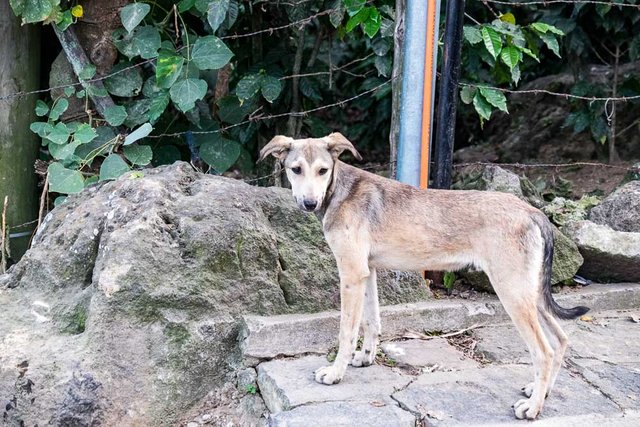
Our fiery Iranian hostess, Nadreh, tells us how when she first moved to Jaibalito she carried a rock in each hand to fend the dogs off. It led her to start a program to spay and neuter street animals. She received some nasty bites along the way but successfully brought the population down. (Which makes me wonder just how bad it was before!)
Her comment about the rocks gives Nash an idea. He takes an underripe guanabana from Nadreh’s garden and shoves the spiky green fruit down one of my tube socks. He ties it off with a knot, and thus the Basher™ is born.
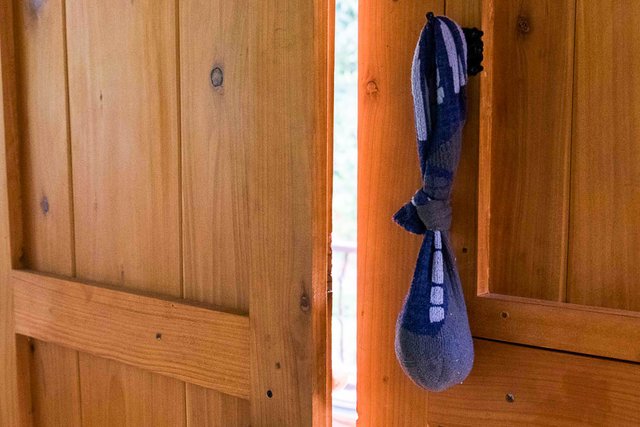
We take it for a test run outside. Any dog that comes within the radius of the swinging sock backs away before getting touched. Nash says he feels like Sam Vimes with his truncheon (another Terry Pratchett reference).

Needless to say, we don’t make any canine friends in Jaibalito. But fortunately, these dogs are the exception and not the rule.
I’ve since had street dogs act as my guardians on hikes and keep me company through all sorts of situations. The dog pictured below appeared out of nowhere in Patagonia after my bike sprung a flat and walked with us all the way back to town.
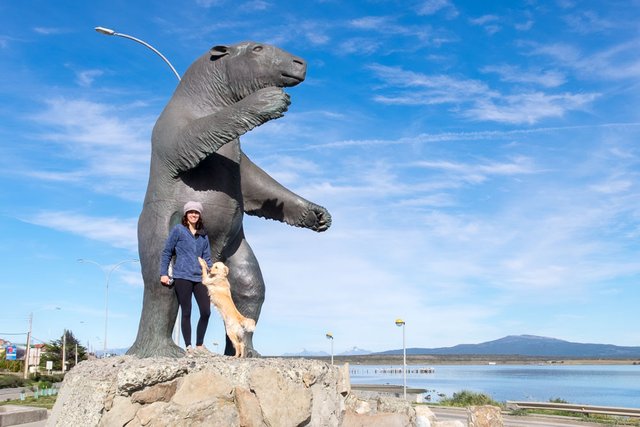
With my American-born eyes, it’s easy to see stray dogs as a tragedy. Many are ill, malnourished, or injured. In some places, they are also abused.
Yet, there’s something about them that I think an apartment-dwelling dog would envy. They explore everywhere, socialize with everybody, and eat everything they can get ahold of.
It’s a hard life, but it’s a free life.
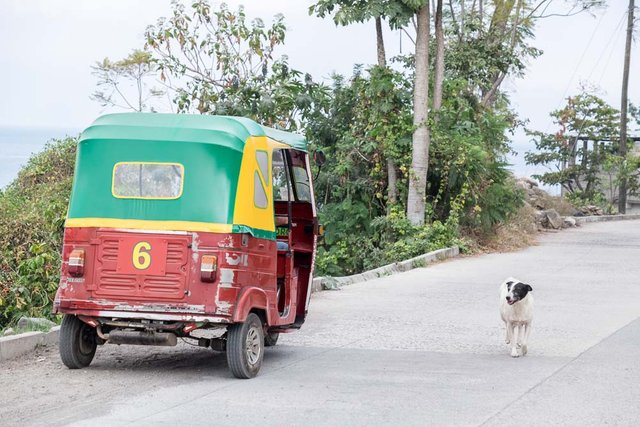
Thanks for reading! Let me know if you want to hear more stories about stray dogs. I tend to obsess over animals, so I have plenty more where this came from. I cross-posted this to my blog, and all words and photos are my own.
- Katie, @therovingreader
I do not think dogs living in apartments alone are happy.
You know the drill, as you are one of my favorite underrated authors and I am a sucker for doggos, this gem of a post was discovered by the OCD Team!
Reply to this comment if you accept, and are willing to let us share your gem of a post! By accepting this, you have a chance to receive extra rewards and one of your photos in this article may be used in our compilation post!
You can follow @ocd – learn more about the project and see other Gems! We strive for transparency.
Haha, I finally wrote about the Guatemalan dogs! I think my previous post already got nominated today but you can toss this one in too. Thanks for helping me reach an audience. :)
Yes, tell us more about your experiences with stray dogs. Loved reading this piece. It also has a DIY guide to make a Basher™. But I seriously think that Nash can use something better and harmless defense.
So how has his defense evolved by now? Or you have never been to Jaibalito again? Do share.
Since we left Jaibalito, we've only had good experiences with dogs, so we retired the Basher™. It was definitely more a tool to build Nash's confidence than an actual weapon, and I am relieved he never had to swing it at a dog - they've already been through so much!
I would probably use a fruit in a sock as a deterrent again (something soft that moved and looked scary seemed to do the trick), unless you have ideas for a gentler defense.